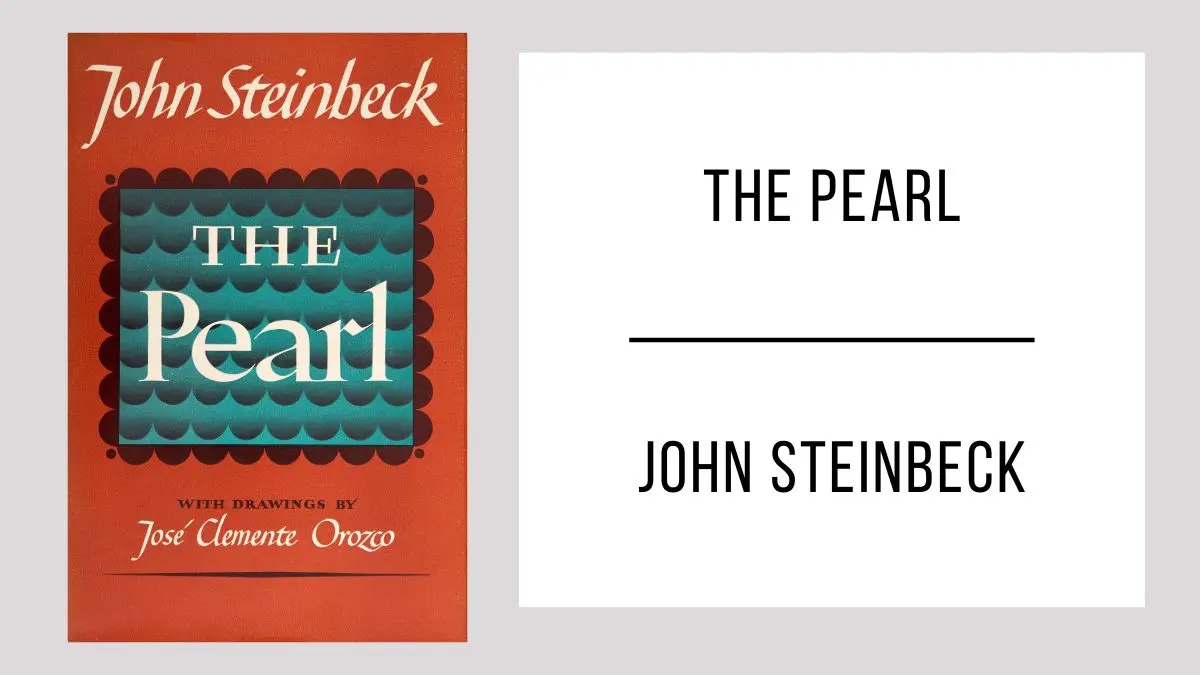The Pearl by John Steinbeck tells the story of Kino, a poor pearl diver, who discovers a pearl of immense value, promising a better life for his family.
However, the pearl brings not only hope but also greed, envy, and violence, threatening to destroy everything Kino holds dear.
Discover the tragic tale of The Pearl and its corrupting influence. You can download The Pearl for free in PDF format and delve into Steinbeck’s powerful novella.
The Pearl in PDF
*Wait a few seconds for the document to load, the time may vary depending on your internet connection. If you prefer, you can download the file by clicking on the link below.
Loading fileInformation The Pearl
- Author: John Steinbeck
- Publication Date: 1947
- Main Characters:
- Kino: The protagonist, a poor pearl diver whose discovery of an extraordinary pearl sets the course of his family’s fate.
- Juana: Kino’s pragmatic and caring wife who foresees the dangers that the pearl brings.
- Coyotito: Their infant son, whose well-being becomes tragically linked to the pearl’s curse.
- Supporting Characters: Local dealers, a priest, and other figures representing greed and exploitation.
- Brief Summary: “The Pearl” tells the tragic story of Kino, a humble diver in a poor Mexican village, who finds a magnificent pearl. Initially seen as a symbol of hope and the promise of a better future, the pearl soon incites envy, greed, and corruption, unraveling the fabric of Kino’s community and leading to unforeseen tragedy.
- Thematic Analysis: “The Pearl” explores themes such as the corrupting influence of wealth, the destructive power of greed, and the clash between material ambition and moral values. Steinbeck critiques social inequalities and the exploitation of the vulnerable, showing how the pursuit of fortune can lead to personal and communal downfall.
- Historical Context: Set in a small, impoverished Mexican village during the mid-20th century, “The Pearl” reflects the harsh realities of poverty and the systemic exploitation of indigenous peoples. Steinbeck’s narrative serves as a commentary on the socioeconomic disparities of the time and the broader impacts of colonial and capitalist forces.





